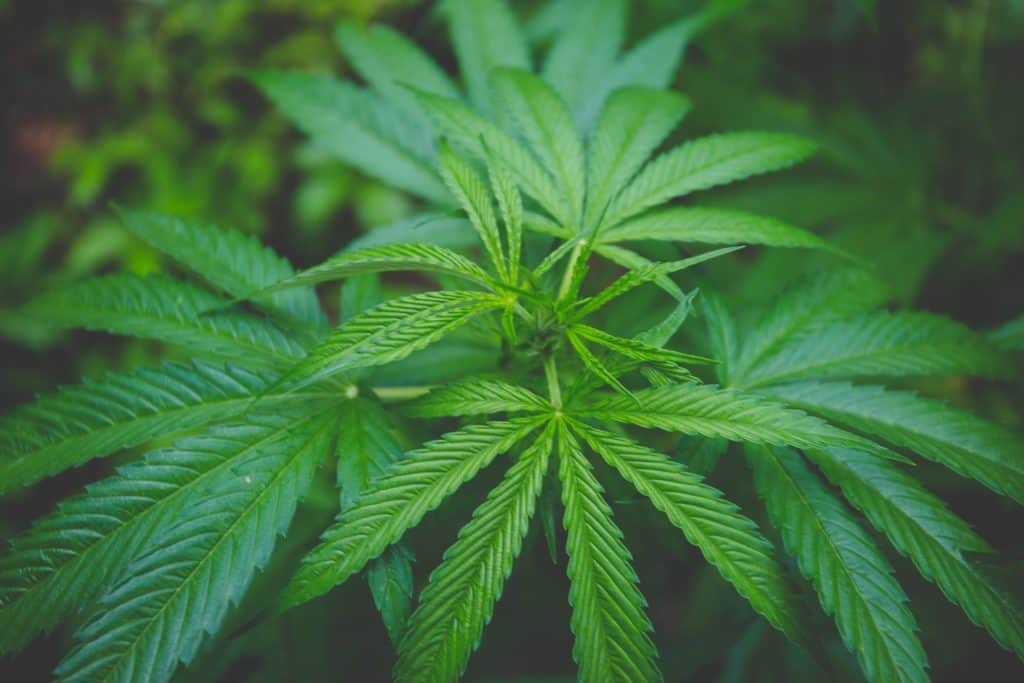In recent years, veganism has gained more supporters to its side, but to start at the beginning, let’s highlight a more representative definition of veganism. Contrary to what most people believe, veganism is not just about food. It is a lifestyle that endorses making healthier choices to the environment and the animals sharing the same planet as ourselves.
In its broad and straightforward definition, veganism is a way of living that promotes following a lifestyle that doesn’t exploit or harm animals.
While most people have an idea about vegan food, not so much is known about vegan shoes and what they are made of. That’s why we’ve researched to help you understand what the materials used for making vegan shoes are and what to look for when making your next purchase.
But first, let’s highlight what are the non-vegan materials out there.
Non-Vegan Materials to Avoid

While some materials like fur and mohair are established as non-vegan options, some other fabrics and elements used in the fashion industry are subtly non-vegan.
For example, even some vegan shoes are put together using animal glue or gelatin. Gelatin is taken from animal parts. It is made by boiling together the tissues and bones of animals. Needless to mention that it is usually a brutal procedure for animals.
A non-exhaustive list of other non-vegan materials includes leather, suede, wool, silk, and alligator skin. It’s even odd that some of these materials are loved by many people, however pricey.
Having said that, let’s move to our list of vegan alternatives used for making shoes.
Vegan Materials to Choose From
With the mainstream culture noticing and making space for vegans, vegan-friendly alternatives have been added to replace their non-vegan counterparts.
Before we provide you with a list of materials to look for, let us give you a piece of advice: before buying a pair of shoes, read the label that often comes under the tongue. These labels typically include information about different parts of the shoes and what they are made from.
Now let’s move to our list of healthier vegan-friendly options.
1. Hemp

Hemp is one of the plants that have been spun into a usable and wearable fiber around 50,000 years ago. It’s an inextinguishable environmental resource since it is fast-growing and seldom needs any herbicides or pesticides.
It is an ideal alternative because it is strong, breathable, light, and biodegradable. Since it has high porosity, it enjoys a natural feel that can absorb natural dyes, making your footwear both vegan-friendly and stylish.
2. Microfiber

Microfiber materials come in different strengths, appearances, and textures. They usually come from either synthetic or natural fibers.
Since the material is very flexible, microfiber footwear offers a wide range of features that guarantee it performs as well as high-quality leather. It’s light, breathable, durable, and easy to clean.
3. Cotton

Cotton is one of the best natural materials that are biodegradable. It grows under organic conditions, which reduces its chances of causing harm to the environment. It is breathable, comfortable, and soft, making footwear made of cotton one of the best eco-friendly options out there.
While it requires a lot of water to grow, it still takes less than the water that animals consume daily, making it a better alternative to shoes made of wool, for instance.
4. Piñatex

Piñatex is a new plant-based material made from pineapple leaves. It is eco-friendly since it needs land, fertilizers, or pesticides to grow it. It is merely a by-product of the pineapple harvest.
> Read more: Our guide to pineapple leather.
What makes it an excellent footwear material is that it is comfortable, light, and offers some water-resistance. It is also durable and wears nicely.
5. Synthetic Leather (Faux Leather)

For people who are looking for an alternative to real leather, the secret is synthetic leather! It is a material that feels and looks like real leather, minus the brutality against animals. It even offers more advantages than real leather.
Faux leather is made of other textiles that give the same leather feel. However, it does not need the same dangerous chemicals used to prepare real leather for manufacturing. It is also affordable compared to real leather, and it retains its form no matter how many times you wear it.
Last but not least, it is easy to clean since all you need is a damp cloth to wipe out dust and dirt.
6. Cork

Who would’ve thought that the same material used for making stoppers for wine bottles is also used for making footwear! Well, some shoe manufacturers did. Cork is a natural resource that is used for making fashionable items.
It is antibacterial, guaranteeing your feet are healthy in there. It is also breathable, fire-resistant, and incredibly soft.
7. Rubber

Rubber is usually taken from tropical trees or chemically produced. In both cases, it is a robust, waterproof substance that is also used for making comfortable shoes.
Natural rubber can be produced under sustainable conditions, while recycled or chemically produced rubber is also healthy since it leaves almost no waste.
It has been lately used for making shoes that are flexible, eco-friendly, and hard-wearing.
8. Faux Suede

Faux suede is a robust material that is made from polyester microfiber woven into a plastic fiber, the thing that makes it even more durable than its real counterpart.
One of the distinct merits of faux suede is that it is sturdy, stain-resistant, and easy to care for. Some people claim it requires proper maintenance, but almost all shoes do, especially suede shoes.
However, with proper care, the shoes will keep you walking comfortably for years.
A Friendly Environmental Reminder
As you get carried away by your dedication to veganism and your deliberate choice to pick items that match your vegan lifestyle, make sure you’re not harming the environment in the process.
When making your purchase, try to avoid items that have PVC (Polyvinyl Chloride) plastics. These have adverse consequences for the environment since they don’t break down. They also leech out over time, extending the scope of danger that emanates from them.
Final Thoughts
Having provided a look at materials used for making vegan shoes, it’s crucial to understand that the right choices do not torture or test animals. There is a wide range of materials that you can choose from, and they come in lightweight, eco-friendly, and durable models.
Our last advice is to examine the shoe labels in the same way you examine your food labels. It would be best if you also kept in mind that some shoes aren’t 100% vegan-friendly because they might include a non-vegan component like the glues. In this case, your best bet is to buy from a vegan-friendly retailer.








![[Company Profile] Will's Vegan Shoes: The Best Products They Offer 41 Will's Vegan Shoes](https://getvegan.com/wp-content/uploads/2021/10/wills-vegan-shoes-280x210.jpg)
![Everything You Need to Know About Vegan Shoes [Ultimate Guide] 44 vegan shoes guide](https://getvegan.com/wp-content/uploads/2021/07/vegan-shoes-280x210.jpg)
![[Company Profile] 15:21: The Best Products They Offer 47 15:21 Company Profile](https://getvegan.com/wp-content/uploads/2021/07/1521-store-1-280x210.jpg)
![[Company Profile] Matt & Nat: The Best Products They Offer 50 Matt and Nat](https://getvegan.com/wp-content/uploads/2021/04/matt-nat-280x210.jpeg)
Leave a Reply